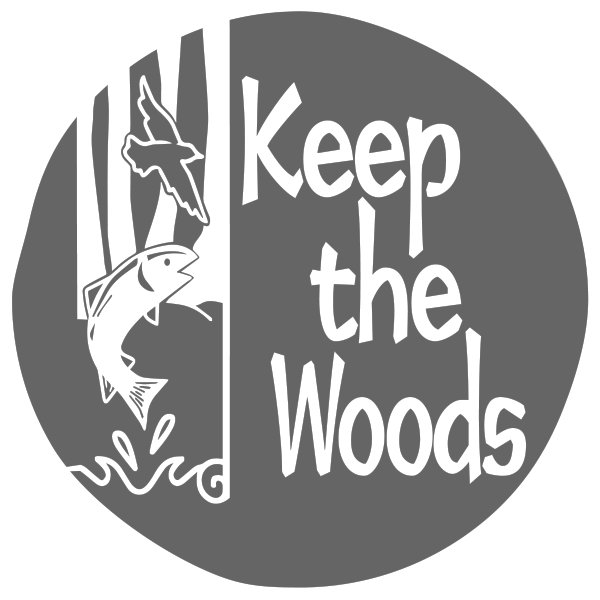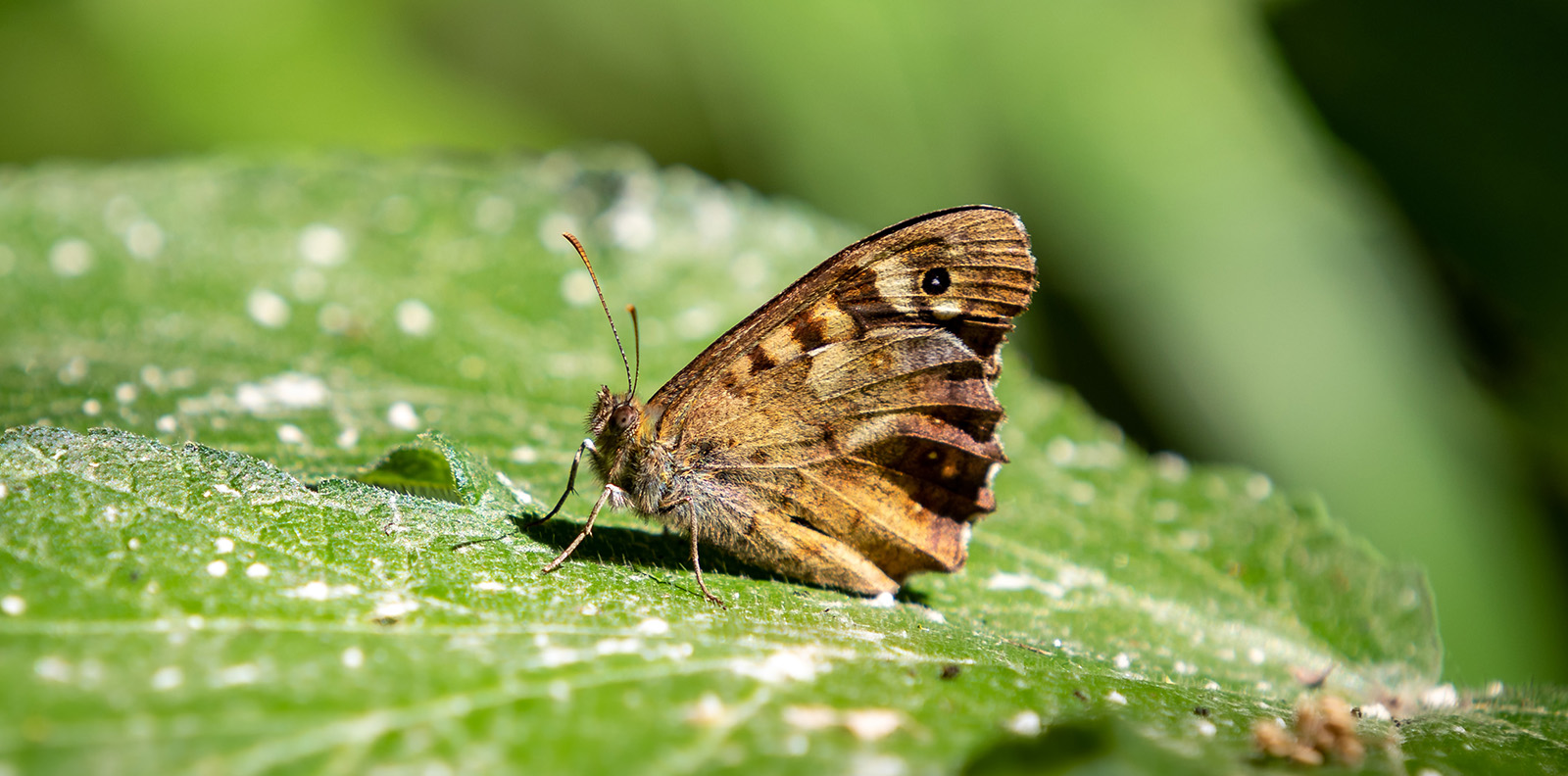TO: Sen. Witkos, Rep. Hampton,
FROM: Rick Jacobson, Bureau Chief, DEEP Bureau of Natural Resources DATE: June 24, 2020
RE: Massacoe State Forest Contract W-424
Massacoe State Forest, located in Simsbury Connecticut, has seen over 100 years of sustainable forest management. It consists of two blocks, the Massacoe Block (122 acres) and the Great Pond Block (296 acres). In 2018, DEEP entered into contract W-424 for selective harvesting on the Massacoe block to create an uneven aged forest with greater vertical diversity and varied tree ages. The selected contractor for W-424 began harvesting activity on the site on June 11, 2020. On Friday, June 19, 2020 DEEP Commissioner Katie Dykes, DEEP Forestry Division Director Chris Martin, and other DEEP staff participated in a meeting at Massacoe State Forest with Senator Kevin Witkos, Representative John Hampton, and members of the public concerned about forest management activities occurring on the property.
During the June 19 meeting, DEEP heard many questions and concerns from meeting participants, seeking additional information and explanation for the process and management objectives and approaches being used on the site.
DEEP committed to providing a response to these questions and concerns. Activity at the site has been paused while DEEP shares this information. In response to questions raised about wildlife resources and rare plants, DEEP Wildlife Division biologists are currently conducting additional surveys for birds, reptiles, amphibians, climbing fern, and any other wildlife species encountered. Those results will be available at the end of the week.
DEEP would like to invite legislative leaders and members of the public to an outdoor meeting on Wednesday July 1, 6:30PM to 8:00PM. Below are answers to the questions we received at the June 19th meeting.
ATTACHMENT A
RESPONSE TO QUESTIONS
Q 1. What kind of interactions were there with the town, the local authorities, land trust, and members of the public as part of the process, from the management plan to the timber sale to the beginning of the harvest activity/current date?
A. The DRAFT 2014 – 2024 Massacoe State Forest Management was provided to the Town of Simsbury Conservation Commission, the Simsbury Land Trust and the Friends of Goodwin group for comment and presentation. The draft plan also was reviewed with DEEP Support, DEEP Parks, Fisheries and Wildlife Divisions. Comments were received from the Simsbury Land Trust and are found within Appendix C. Simsbury Land Trust Trustee Sally Rieger expressed concern for invasive buckthorn on the Great Pond dam crowding out more desirable species such as shrubby dogwoods. Reference was also made to the Farmington Valley Biodiversity Project and to concerns raised by Bill Moorhead, a consulting botanist, about rare plants along part of the shore of the pond at Great Pond. Correspondence via phone and email occurred during January 2018 with Assist Town Manager Mike Glidden offering a presentation similar to the one conducted for forestry thinning work on the Great Pond Block and Jeff Shea with the Town Engineering Department regarding the temporary access onto West Mountain Road.
Q 2. Does the plan only cover the Great Pond Block, or does it include this area as well?
A. The 2014 – 2024 Massacoe Forest Management Plan covers both the Great Pond Block as well as the West Mountain Road Block as shown on the included maps with in the forest management plan. All references to Stand # 20 pertain to the Massacoe Block as indicated on these included maps.
Q 3. Is this activity occurring just for economic benefit?
A. No, revenue is an ancillary benefit and a byproduct of the silvicultural work prescribed. Revenue does not influence decisions regarding improved forest health recommendations within the Massacoe Forest Management Plan.
Q 4. What does DEEP do with the money from the timber sale?
A. Revenues are reinvested into State Lands Management program which includes State Forests and Wildlife Management Areas for development of forest management plans; boundary line marking; road, culvert, and bridge maintenance and replacement; hazard tree removal; invasive species control; and other forestry administrative costs.
This is fully described in state statute as follows:
Chapter 447 – State Parks and Forests
Sec. 23-20. Powers and duties of commissioner
(c)(2) There is established an account to be known as the “timber harvesting revolving account” which shall be a separate, nonlapsing account within the General Fund. Proceeds from the harvest of timber from state forests and state wildlife management areas shall be deposited in such account. The commissioner shall use moneys in such account for the purpose of developing forest management plans to guide the harvest of timber from state forests and state wildlife management areas and for all reasonable direct expenses relating to the administration and operation of such plans in such state forests and wildlife management areas. The commissioner may accept, on behalf of the Department of Energy and Environmental Protection, any gifts, donations, loans or bequests for the purposes of depositing such funds into the timber harvesting revolving account. Any such loan from a nonprofit organization qualified under Section 501(c)(3) of the Internal Revenue Code of 1986, or any subsequent corresponding internal revenue code of the United States, as amended from time to time, shall be repaid from such account not later than two years after entering such loan agreement or at a time and upon terms agreed upon by the commissioner and such nonprofit organization. The account shall not exceed one hundred thousand dollars. Any remaining proceeds shall be deposited in the General Fund.
Q 5. How much revenue is DEEP getting from this sale?
A. $21,040
Q 6. What are the objectives of this sale?
A. To create an uneven aged forest with greater vertical diversity and varied tree ages. Removals favor scarlet and black oak, retention of red and white oak; improved spacing and small openings will encourage red and white oak germination. There is a focused effort to reduce red maple and black birch. These tree species are non-mast producing (less food for wildlife), shorter lived, and prolific regenerating tree species that inhibit establishment of desired longer- lived mast producers. Retention of cavity trees and, when safe, occasional dead standing trees will be incorporated to provide and enhance wildlife habitat.
Q 7. What is the net greenhouse gas impact of this activity?
A. This is hard to quantify as Connecticut does not yet have but is working on a State specific carbon modeling tool in cooperation with The Nature Conservancy and Clark University. Carbon contained in removed trees will be turned into long-term carbon storage forest products such as flooring, furniture, pallets, and other durable wooden products. Remaining trees will increase annual growth along with rapidly growing new trees will sequester (remove and store carbon). Rates of incremental growth directly correlate to the of annual removal and storage of greenhouse gases. Slower growing mature trees may store on site greater amounts of carbon however stagnating growth and declining forest health reduce sequestration rates and reduces annual accumulation of GHGs.
Q 8. What is adaptive management? It is referenced in the plan, but what does it mean?
A. Adaptive forest management addresses instances when unexpected events or conditions may arise over a planning period that were unanticipated at the time of forest management plan approval. These events and or conditions may require immediate action to address forest health or public safety concerns. Examples of unanticipated events or conditions include: insect or disease outbreaks, significant tree-damaging weather events, and other events that significantly change forest health such as drought or fire.
Q 9. Where can we see the management plan?
A. CT Forest Management on State Lands
Q 10. What is the impact of this activity on wildlife? It’s nesting season. This is a wildlife corridor. How does this improve habitat for wildlife?
A. The overall impact of this forest management activity on wildlife will be beneficial. Food resources will be increase though favoring mast producing trees; additional nesting, roosting, or sheltering habitat will be provided through the retention of snags and standing dead trees; increased vertical and structural diversity will create nesting opportunities for a greater variety of wildlife species, especially birds; and the regeneration will create an increase in vegetative and invertebrate food sources. These types of cuts regenerate quickly. This will not create a permanent negative impact to wildlife movements or corridor value.
Q 11. Was an NDDB review done? What surveys were done for the NDDB review? What was the conclusion of the NDDB review?
A. NDDB maps are routinely reviewed in the development of forest management plans. This site was determined not to be within an area mapped for state or federally listed species occurrences. Fisheries and wildlife biologists provide additional review above and beyond the NDDB map review of the proposed plans and note any concerns for areas that may require survey work or work restrictions.
Q 12. What will happen with the wood that is harvested?
A. The contractor will market various forest product to local and regional primary forest product companies. These companies produce a variety of wood-based products such as flooring, furniture and pallets. DEEP does not track where the purchased wood goes after it leaves DEEP property. Many Connecticut primary wood processors also participate in the Department of Agriculture’s Connecticut Grown Program, see CT Forestry – CT Grown Forest Products.
Q 13. Can people access the property while the cutting is occurring?
A. Yes but we ask for visitor safety they stay at least 500 feet from workers. Forest thinning is restricted to 7AM – 5PM weekdays. No work is to be performed on weekends.
Q 14. How will DEEP manage the invasive species that will come into the disturbed forest?
A. DEEP Foresters monitor forest stands to be certain that silvicultural objectives were met. If invasive plant species are detected and threaten the success of the treatment, an invasive control plan is implemented.
Q 15. The forest management plan states a questionable boundary line where is this?
A. The questionable boundary line is located outside the work area along the old railroad right-of- way. There are approximately 20,200’ (3.8 miles) of boundary along the old railroad right-of-way within the Massacoe Block. The location of this line is unknown and will require a survey.
Q 16. Did DEEP survey for or identify any wetlands or vernal pools on the site? Some residents say they have observed those wetland features.
A. Foresters will typically map vernal pools and other wetland features when they prepare a forest management plan. The state does not currently maintain a comprehensive list of vernal pools statewide, but does document those located as part of the review process or which provide habitat for listed species.
Q 17. Did DEEP have anyone survey for climbing fern?
A. Climbing fern (Lygodium palmatum) was not noted as being present on the site. Wildlife biologists specializing in habitat management are currently looking for the presence of this species. The preferred habitat for this plant is moist, peaty, acidic soils along swamp or wetland edges. Forest operations are not occurring in wetland areas.

